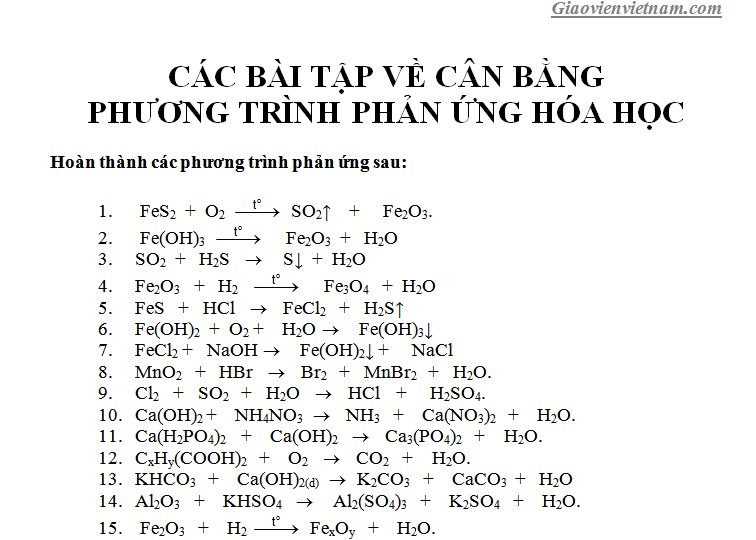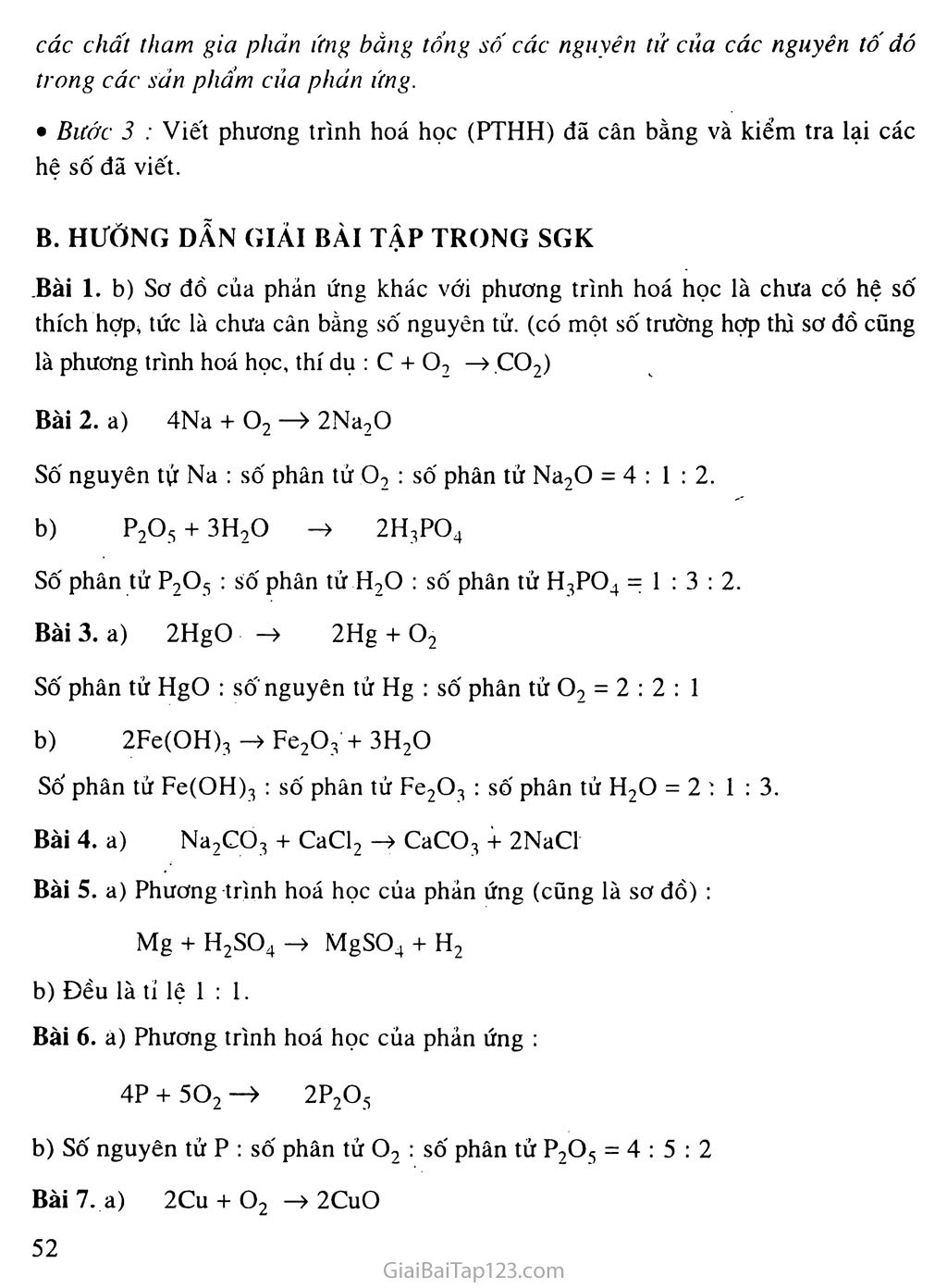What is the secret language of chemistry? Chemical equations are the key, unlocking a world of reactions and transformations.
From the simplest reactions to the most complex, chemical equations provide a concise and powerful way to represent the dance of atoms and molecules. They are the shorthand of chemistry, allowing scientists to communicate complex processes with clarity and precision. Mastering the art of writing chemical equations is fundamental to understanding the very fabric of our material world.
| Concept | Description | Example |
|---|---|---|
| Chemical Equation | A symbolic representation of a chemical reaction, showing the reactants and products. | 2H + O 2HO |
| Reactants | The starting materials in a chemical reaction. | H, O |
| Products | The substances formed as a result of a chemical reaction. | HO |
| Balancing Equations | Ensuring the same number of each type of atom is present on both sides of the equation. | 2H + O 2HO (balanced) vs. H + O HO (unbalanced) |
Learn more about chemical equations.
This guide provides a detailed roadmap to writing chemical equations, from the basics to advanced techniques. You will learn effective methods for balancing equations, illustrated with practical examples, and common pitfalls to avoid. Explore now and elevate your chemical equation writing skills.
To construct accurate chemical equations, follow these three essential steps:
- Write the reaction formula.
- Balance the number of atoms for each element.
- Write the final balanced chemical equation.
Let's consider the example of iron reacting with oxygen in the air:
Iron + Oxygen Iron(III) Oxide
Balancing this equation requires ensuring equal numbers of iron and oxygen atoms on both sides. The balanced equation is:
4Fe + 3O 2FeO
Another example involves the reaction between calcium oxide (CaO) and water (HO):
CaO + HO Ca(OH)
This equation is already balanced, as there are equal numbers of calcium, oxygen, and hydrogen atoms on both sides.
Chemical equations provide critical information about the elements and compounds involved in a reaction. For instance, the chemical formula for table salt (sodium chloride) is NaCl. The meaning of a chemical equation lies in its ability to concisely represent chemical reactions. A chemical equation effectively illustrates the chemical transformation that occurs. For example:
CaO + HO Ca(OH)
This equation depicts the reaction between calcium oxide and water to form calcium hydroxide. Students can write different chemical equations, yet still demonstrate a clear understanding of the reaction chain. Consider the following reaction sequence:
X + Fe + Y + Z Fe(OH) G
X + HSO (dilute) Y + G + HO
These equations, while symbolic, can be used to deduce the identities of X, Y, Z, and G through careful analysis and understanding of chemical principles.
Writing chemical equations is an indispensable step in chemical research and education. It offers a succinct way to express chemical reactions, enabling students and researchers to gain deeper insights into the processes of matter transformation from one substance to another.
Let's explore sulfur dioxide (SO) reactions:
- SO reacting with water:
SO + HO HSO
SO reacting with a basic solution:SO + 2NaOH NaSO + HO
SO can react with various basic oxides. An example with calcium oxide is:CaO + SO CaSO
Sulfur dioxide has numerous applications, including as a preservative in food and beverages, and in the production of sulfuric acid.
Here's another example of a chemical equation:
Al(SO) + 3BaCl 3BaSO + 2AlCl
To establish a chemical equation, follow these steps:
- Identify reactants and products.
- Write their chemical formulas.
- Balance the equation.
Consider the following conversion sequence:
CH CH CH CH CHCl
Each arrow represents a chemical reaction, and each reaction can be represented with a balanced chemical equation.
Chemical equations represent chemical reactions. So, how do we accurately construct these equations? Effective methods exist to help you solve problems related to writing chemical equations, from basic to advanced levels, with ease.
Let's explore reactions involving calcium oxide (CaO):
- CaO reacting with water:
CaO + HO Ca(OH)
CaO reacting with hydrochloric acid (HCl):CaO + 2HCl CaCl + HO
CaO reacting with carbon dioxide (CO):CaO + CO CaCO
CaO reacting with sulfur dioxide (SO):CaO + SO CaSO
Calcium oxide has a variety of uses, including in the production of cement, steel, and paper, and in water treatment. It's also used in agriculture to neutralize acidic soils.
Think of chemical reactions like baking a cake. When you combine ingredients like flour, butter, sugar, and eggs, and then bake them, you transform that mixture into something newa cake. Chemical equations document this transformation at the atomic and molecular level, detailing the ingredients (reactants) and the final product.
Whether it's the rusting of iron, the burning of wood, or the complex reactions within our bodies, chemical equations provide a powerful tool for understanding the world around us.


